
Profitable Online Businesses & Top Digital Products (2024–25 Guide)
Introduction: Global Trends Driving Online Business
The global digital economy is booming: by early 2025, about 5.56 billion people (67.9% of the world) will use the internet . Online retail sales alone passed $4.1 trillion in 2024 and are projected to exceed $6.4 trillion by 2029. Key technology trends from artificial intelligence to mobile video are reshaping how consumers shop and work. For example, mobile video now accounts for roughly 75% of cellular data usage, fueling platforms like YouTube and TikTok. In this environment, new entrepreneurs have unprecedented access to a global customer base. Start-up costs are low, and a wide range of digital channels (social media, marketplaces, streaming, etc.) make it easier than ever to launch an online business or home-based venture.
Digital Adoption: Internet and social media penetration are at all-time highs (63.9% of people use social platforms), so demand for online goods/services is growing.
E-commerce Growth: Retail e-commerce is rising rapidly (predicted to reach $6.4T by 2029), so online stores and marketplaces continue to expand.
Emerging Tech: Advances in AI, AR/VR, and mobile tech are creating new opportunities (e.g. AI-powered marketing, voice search optimisation, livestream commerce).
Content Consumption: Streaming and digital content (video, music, ebooks) dominate entertainment; creators can profit by selling or monetising content.
This guide outlines the most profitable online business types, profiles the richest online companies and business models, highlights top-selling digital products, and explores high-earning home-based business ideas. It includes real examples and global 202425 trends so beginners and aspiring entrepreneurs know where to focus.
1. Most Profitable Online Business Types
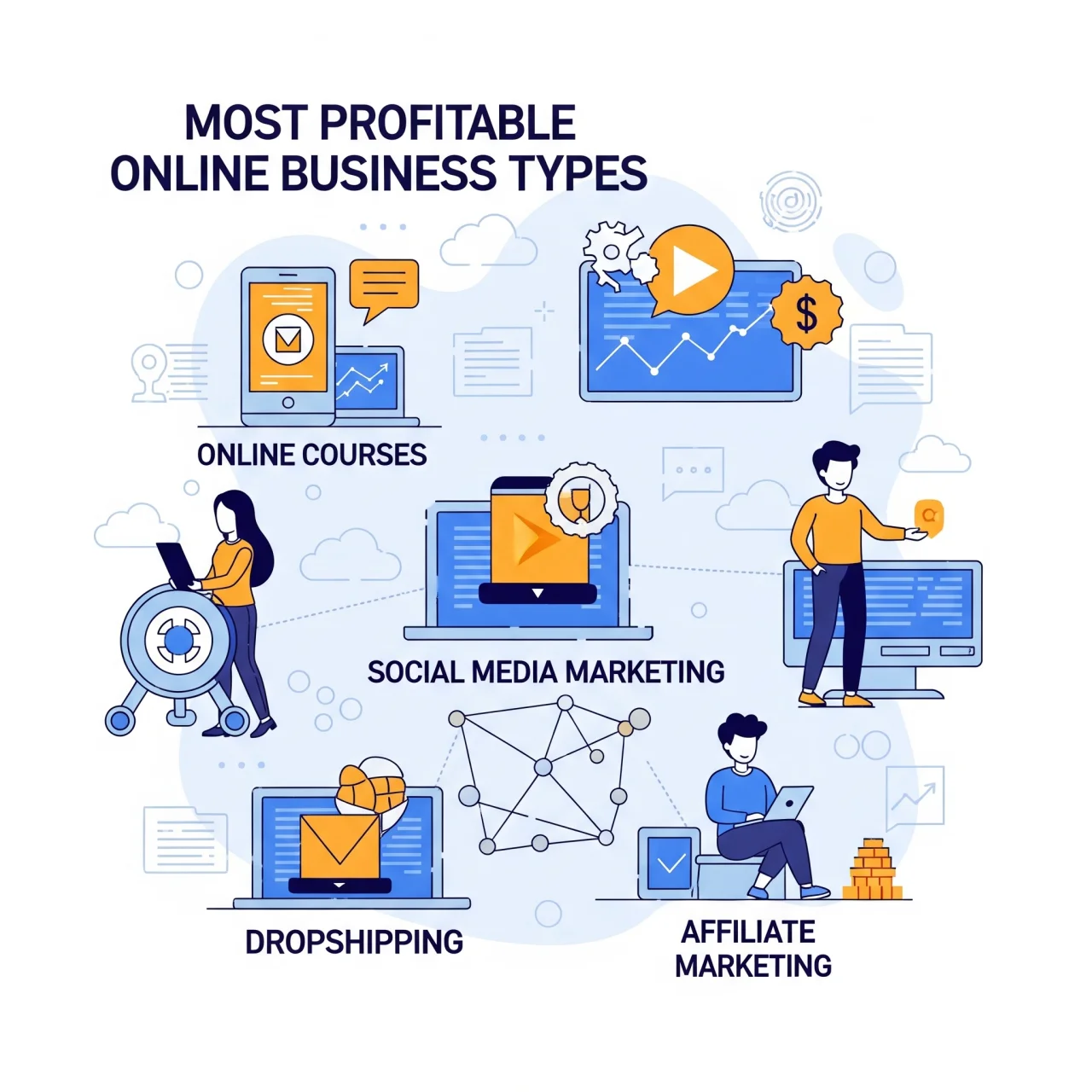
Online businesses with high profit potential typically share low overhead and global reach. Key categories include:
Digital Products & Online Courses: Selling digital goods (e-books, stock photos, software, templates, online courses) can yield high margins since products are created once and sold repeatedly. For instance, education platforms like Udemy host 262,000+ courses for 75 million learners. In-demand topics range from tech training to personal development, and many instructors generate six-figure incomes.
affiliate marketing: Partnering with other companies (Amazon Associates, ClickBank, etc.) to promote products earns you a commission per sale. This performance-based model requires little capital upfront. Because global online shopping is huge, even small traffic can turn into significant affiliate revenue. For example, content creators often recommend products in blogs or videos and earn 530% commission on sales.
E-commerce & Retail (Online Stores): Operating an online storefront (via Amazon FBA, Shopify, Etsy, etc.) is a proven money-maker. Successful niches include health/beauty products, home/garden goods, fashion, and electronics. Amazon's top seller categories in 2023 (health & personal care, beauty, home, groceries, apparel) reflect strong demand. Global retail e-commerce sales ($ 4.1 T+) mean even small niche stores can scale big. High-ticket or subscription products (e.g. meal kits, boutique items) can be especially profitable.
Dropshipping & Print-on-Demand: These are forms of e-commerce with minimal inventory. You sell products through your online store, but third-party suppliers handle production and shipping. With careful niche selection and marketing, dropshipping can yield high returns on investment. It's ideal for beginners since start-up costs are low (no warehousing) and you can sell trending or personalised items worldwide.
Freelance Services (Writing, Design, Consulting): Professionals can sell their skills online with almost no overhead. Freelance writers, graphic designers, web developers, and consultants often work from home and command premium rates. For example, technical writers and digital marketing consultants can earn $50$200+ per hour. Since there's no inventory, most fees are profit. Niche services (e.g. SEO consulting, UX design) are especially lucrative due to high business demand.
Content Creation (Blogging, YouTube, Social Media): Building an audience and monetising it through ads, sponsorships, or product sales can pay off long-term. Leading YouTubers and bloggers earn millions per year once they hit big traffic or subscriber milestones. Content platforms (e.g. YouTube, Twitch, TikTok) share ad revenue or allow fan support. Although competitive, content creation often starts with virtually no money invested.
Virtual Assistance & Online Tutoring: Home-based virtual assistants (handling admin, customer service, social media for clients) and online tutors/coaches (language lessons, fitness coaching, etc.) are in demand. These services require little more than a computer and an internet connection, so nearly all fees are profit. For example, certified tutors and fitness coaches can charge $30$100/hour with a global clientele.
App & Software Development: If you can develop mobile apps or software, this can be extremely profitable. A hit app or SaaS tool can generate recurring revenue (e.g. SaaS subscriptions, in-app purchases). The software market is large ($107B for Amazon AWS alone in 2024) and growing. Examples include creating a niche business app, selling WordPress plugins, or launching a mobile game. High-end developers also earn agency rates (often $100/hr+).
Each of these business types can be scaled globally. When combined with effective digital marketing (SEO, social ads, email marketing), even solo entrepreneurs have launched multi-million-dollar businesses. For beginners, the key is to focus on one niche, validate demand, and then reinvest profits to grow.
2. Richest Online Business Models & Companies
The biggest online companies illustrate the wealth potential of digital business models. Technology and internet firms dominate the global richest list, thanks to digital products, platforms, and networks. Key examples include:
Tech Giants (FAANGM): Apple, Microsoft, Google (Alphabet), Amazon, Meta (Facebook) and others lead the top ranks by market cap. For instance, Apple reached a market value of about $3.4 trillion, Microsoft about $3.06T, and Google ~$2.28 trillion. These companies have enormous revenues (e.g. Amazon ~$575B and Apple ~$394B in 2023) from digital products and services.
-
Apple (market cap $3.4T) makes money from hardware (iPhone, Mac), software (App Store, subscriptions) and services.
Microsoft (~$3.06T) profits from software (Office, Windows), cloud services (Azure), and enterprise subscriptions.
Amazon (~$2.47T, $574B revenue) dominates e-commerce (selling goods worldwide) and cloud computing (AWS, $107B in 2024).
Alphabet/Google (~$2.28T, $283B revenue) earns via search and online ads; it also has products like Android, YouTube, and cloud.
Meta (Facebook) (~$1.82T) profits from social media (Facebook, Instagram) and ads (revenue around $116B in 2023).
Other notable firms: Nvidia (
$3.27T) leads in AI chips, while Tesla ($1.13T) and Alibaba ($130B revenue) also rank high.
-
Advertising Networks: Google and Facebook (Meta) are among the richest companies because of digital advertising. Online ad spend worldwide surpassed $600 billion in 2023, and Google/Meta together take a large share. For example, Google's parent Alphabet made ~$220B from ads in 2023. Affiliate and display ads remain a huge revenue model for content publishers and influencers.
E-commerce Marketplaces: Platforms like Amazon, Alibaba (China), and eBay make money on transaction fees and their retail sales. The marketplace model scales easily Amazon's third-party platform (marketplaces and FBA) makes up nearly 65% of its sales. Other examples: Shopify enables merchants to build stores (Shopify itself went public at a $ 100 B+ valuation). The App Store and Google Play marketplaces (for apps and digital content) also generate tens of billions in sales and commissions annually.
Subscription/SaaS Models: Companies selling digital subscriptions have very high customer lifetime value. Examples include Netflix (
230M subscribers,$31B). Subscription models (the subscription economy) are rapidly growing projected to reach $1.5 trillion by 2025 because they provide recurring revenue and customer retention.$40B revenue in 2023), adobe creative cloud ($15B revenue in 2023), and Salesforce (Gaming and Digital Media: Digital entertainment platforms like Tencent (games, WeChat) and Epic Games (Fortnite) generate huge sales. In 2023, Fortnite alone made an estimated $3.5 billion (approximately 80% of Epic Games revenue). Mobile gaming revenue is projected to exceed $200B by 2025. In addition, subscription audio (Spotify, Apple Music) and digital ebook publishers (Amazon Kindle) capture billions in sales yearly.
Emerging Digital Models: Newer models include gig economy marketplaces (Uber, Airbnb, Upwork) and blockchain/crypto platforms. For instance, Coinbase (crypto exchange) and OpenSea (NFT marketplace) have seen explosive user growth and valuations.
In summary, software, platforms, and network-based businesses dominate the richest ranks because they leverage scale and recurring usage. Traditional inventory businesses rarely reach such a scale. The common theme: once the core product/platform is built, additional users/customers cost very little, and revenue can skyrocket globally.
3. Best-Selling Digital Products
Digital products (non-physical goods) are ideal for online sales because they can be delivered instantly and at near-zero marginal cost. Some of the highest-selling digital products include:
Online Courses & Educational Resources: With e-learning growing worldwide, courses are top-selling digital products. Platforms like Udemy and Coursera host millions of learners (Udemy: 262K courses, 75M users). Topics in demand include tech (programming, design), business (marketing, sales), and personal development (language learning, self-help). The global online learning market is expected to reach billions of users by 2029. Educational PDFs, tutorials, and membership sites for courses also earn income.
Software & Mobile Apps: Custom software, mobile apps, and plugins sell extremely well. Many businesses pay for SaaS tools (e.g. accounting, CRM, analytics) on a subscription basis. Consumer apps (productivity, games, entertainment) generate huge revenues via purchases or in-app ads. The global software market is growing by ~5% annually. For example, productivity plugins (project management, SEO), photo-editing apps, and AI/chatbot tools are in high demand. Developers can sell software licenses or upload apps to app stores (Apple's App Store and Google Play combined made hundreds of billions in sales).
Printables, Templates & Design Assets: Ready-to-use digital designs sell well on marketplaces. This includes things like planner templates, social media graphics, presentation themes, and website templates. With the rise of DIY design tools (Canva, Figma), demand for digital design assets (infographics, flyer templates, spreadsheets, resume designs) has surged. High-quality stock illustrations, icon sets, and PowerPoint/WordPress templates are top sellers. Creators on platforms like Creative Market or Envato earned over $100M in 2022 by selling such assets.
Memberships & Subscriptions: Selling ongoing access to content or services provides stable revenue. This includes things like premium content memberships, software subscriptions, and subscription boxes (with digital components). The subscription economy is huge expected to hit $1.5 trillion by 2025. Examples: streaming services (Netflix, Spotify), membership sites (academic tutoring, professional training libraries), and Patreon-style creative memberships. Subscriptions can bundle any combination of ebooks, courses, community access, or software.
digital art, Fonts & Stock Media: Creatives sell digital art and media assets online. This covers custom illustrations, fonts, icons, stock photos/video, audio loops, and texture packs. For example, stock photo platforms (Shutterstock, Adobe Stock) pay contributors for photos; premium illustrations and clip art sell on sites like Gumroad. The popularity of graphic design and content marketing has driven demand for these assets. Even consumers buy digital artwork (NFTs or prints), though NFTs are more speculative.
Audio Content: Music, sound effects, podcasts, and audiobooks are sold digitally. Subscription streaming (Spotify, Apple Music) had ~750M subscribers and ~270M audiobook listeners worldwide. Independent musicians sell tracks/beat packs on platforms like Bandcamp, and creators sell podcast series or sound libraries. Royalty-free music and sound packs (for video creators) are best-sellers. According to Deloitte, there are ~1.7B monthly podcast listeners globally, indicating a huge opportunity for premium audio content and courses on audio production.
EBooks & Self-Published Content: Ebooks remain a massive market (expected to be $5+ billion by 2027). Authors self-publish on Amazon Kindle or sell PDFs/GUIDES on their sites. Popular genres include business guides, health & fitness manuals, and fiction. Niche digital books (recipe collections, craft tutorials) also sell well. Self-publishing bypasses traditional gatekeepers, so many authors earn passive income by periodically releasing new ebooks.
Photo & Video Editing Presets: Pre-made editing presets for software like Lightroom or Photoshop (for photos) and LUTs for video colour grading are in demand. These let even beginners create professional-looking media quickly. The global photo editing software market is over $345 million and growing. Presets for popular styles (vintage, cinematic, wedding, travel) and LUT collections attract content creators. By selling preset packs on their websites or marketplaces, creators earn money on each download.
Each of the above categories is supported by real platforms and marketplaces. For instance, Skillshare and Udemy showcase top courses; Envato and Creative Market list design assets; Envato Elements offers subscriptions for unlimited downloads; and Shopify Apps Store offers thousands of paid plugins and templates. A good SEO strategy is to target specific product-related keywords (e.g. Photoshop character illustration or how to learn JavaScript online course) and market via content marketing to reach buyers.
4. Most Profitable Home-Based Business Ideas
Many profitable online businesses can be run from home, since only a computer and the internet are needed. Home-based entrepreneurs often benefit from lower costs and flexible schedules. Key ideas and trends for 202425 include:
High-Profit, Low-Cost Services: As noted, service businesses like consulting, freelance writing, and virtual assistance have minimal startup costs (often zero beyond a computer) and can be highly lucrative. For example, a freelance copywriter or graphic designer can start earning with virtually no overhead. Virtual assistant services (admin support, customer care, social media management) are also in high demand. These allow home-workers to keep almost all earnings as profit.
Online Coaching & Tutoring: Teaching skills or tutoring is a classic home business. Online language tutors, fitness coaches, or academic tutors can connect with students worldwide via video calls. Many use platforms like Udemy, Teachable or VIPKid to find clients. Even niche coaching (career coaching, life coaching) can yield high rates ($50$200+ per session). Like other services, costs are low and incomes scale with expertise.
Selling Digital Products from Home: Creating and selling your digital products (courses, ebooks, printable planners, stock photos) is highly profitable at home. Since these have no manufacturing costs, each sale goes directly to the entrepreneur. For instance, many moms and creatives sell downloadable knitting patterns, educational worksheets, or stock photo packs as side income. Platforms like Etsy also allow selling digital downloads. This aligns with trends: digital product businesses (courses, printables, stock photography) are noted as highly profitable.
E-commerce and Dropshipping at Home: You can run an online store from anywhere. Whether it's an Amazon storefront, a Shopify site, or a dropshipping shop, the business can be managed entirely from home. With Amazon's FBA or drop-shippers like AliExpress, home entrepreneurs avoid logistics headaches. Popular home-store ideas include niche products (health supplements, speciality foods, hobby gear) or custom merch (print-on-demand t-shirts). These models can be very profitable as sales volume grows, though success depends on product selection and marketing.
Content Creation & Influencing: Many are building home businesses around content. This includes blogging, podcasting, YouTubing, and social media influencing. Although building an audience takes time, the potential income is large via ads, sponsorships, and affiliate links. For example, a successful blogger in a niche (finance, travel, tech) can earn $50$100k+ per year from ads and sponsors. Similarly, TikTok and Instagram influencers monetise brand deals. Home-based creators often repurpose content (e.g. transcripts into eBooks, courses) to diversify income.
Examples of Home-Based Hustles: Amazon's guides and others list dozens of remote business ideas. Some real examples include: online tutor/teacher, graphic/web designer, virtual assistant, social media manager, accountant/bookkeeper, translator, app developer, SEO expert. Even running a YouTube channel or podcast from home can turn profitable once you gain viewers. Pet sitting, tutoring, or craft businesses (selling handmade goods or crafts online) are also common home ventures. The common thread is flexibility and scalability.
2025 Trends for Home Businesses: Keep an eye on emerging themes. Integrating AI tools into your service (AI-powered content creation, chatbots for clients) can boost efficiency. Also, sustainability is a growing factor: eco-friendly products or services (organic meal planning, upcycled crafts) attract conscious consumers. Home business services around social content remain hot many small businesses need help with TikTok, Instagram reels, and other content, making social media management a ripe niche.
In summary, home-based businesses often succeed by combining passion with skill, keeping overhead low, and using digital channels for growth. Focus on high-demand skills or products, and use digital marketing (SEO, social ads, networking) to reach customers globally.
Conclusion & Call-to-Action
Online entrepreneurship in 202425 offers unprecedented opportunities for beginners. We've covered the top profitable online business categories, the richest companies as role models, bestselling digital products, and high-margin home-based ventures. Remember: innovation and consistency are keys.
Action Steps: Identify a niche that aligns with your skills and passion. Research demand (using tools like Google Trends or Amazon's Product Explorer). Start small with one product or service, and gather customer feedback.
Leverage Trends: Incorporate current trends such as e-learning, AI tools, and sustainability into your offerings to stay competitive.
Resources: Consider taking a free mini-course on starting an online business or downloading an eBook guide for entrepreneurs. Join relevant online communities or forums for support and networking.
Ready to start? Subscribe to our newsletter for weekly tips on online business success, or download our free starter toolkit (business plan templates, keyword checklist). If you're serious about launching your venture, consider enrolling in a beginner's course on e-commerce or digital marketing. The first step is the hardest take action now, and build your profitable online business in 2025!
call to action Ideas: Offer a downloadable Online Business Starter Kit (checklist + templates), invite readers to a free webinar or course trial, encourage signing up for a premium business mentorship, or direct them to related posts (e.g. How to Launch an E-commerce Store or Guide to Creating Your First Digital Product). Each CTA should align with the reader's next logical step (learning more, starting a plan, or seeking tools).
Sources: Research and data from industry reports and expert blogs, among others.
- Most Profitable Products to Sell Online (Shopify)
- Most Profitable Ecommerce Products (Oberlo)
- The State of SaaS in 2023 (Forbes)
- Top Earning Creators on OnlyFans (Business Insider)
- Upwork Freelance Forward 2023 Report
- How Much Can You Make Selling Online Courses? (Teachable)
- Most Popular Digital Products (Smart Passive Income)
- Best-Selling Digital Products (BigCommerce)
- Top Digital Products to Sell Online (Mailchimp)
- Affiliate Marketing Insights (HubSpot)
- How to Sell Digital Downloads (Podia)
- Most Profitable Blogging Niches (Content Creator Blog)
- How to Do Keyword Research (Moz)
Recommended for You
You Might Enjoy

How to Earn Money Blogging for Beginners
1. How to Earn Money Blogging for Beginners Blogging serves as an excellent avenue for …
11 Medicinal Herbs and Their Health Benefits
What are they, and what should you be using? What are the best ones? So, in this article, we will…
Cayenne Pepper: A Fiery Spice with Powerful Health Benefits
When you hear the word "cayenne pepper," you probably imagine a fiery red powder that kicks up the…More Reads You’ll Love

Watercolour Paint for Professionals
Watercolour Paint for Professionals Why use Watercolour Paint for Professionals? Watercolour paint…
Significance of Link Building
Power Of Link Building The Significance of Link Building: Unveiling the Path to Online Success. The…
🔥 Best Dating Meme Themes: First Date Awkwardness We All Know Too Well
Dating has always been full of comedy, heartbreak, and unforgettable awkwardness. From the nervous…Other Topics That Might Interest You

Best House Painting Ideas by Painting Contractor San Francisco
Residential and Commercial Painting Companies in America: A Comprehensive Guide Painting is a…
Website Monetisation: The Complete Guide to Earning from Your Online Platform
Have you ever wondered how to turn your website into a revenue-generating machine ? You're not…
Unlocking SEO Potentia - Exploring the Power of Rank Math WordPress Plugin
Unlocking SEO Potential - Exploring the Power of Rank Math WordPress Plugin Introduction to Rank…Traffic Coop Earnings
Ready to Monetise Your Traffic?
Stop letting your visitors slip away without value. With the LeadsLeap Co-op, you can turn every click into income. Join through my link below and I’ll personally share my tips for getting started fast.
🚀 Join My LeadsLeap Co-op Now*Referral disclosure: I may earn a commission when you sign up through this link. There’s no extra cost to you — your support helps keep this site alive.

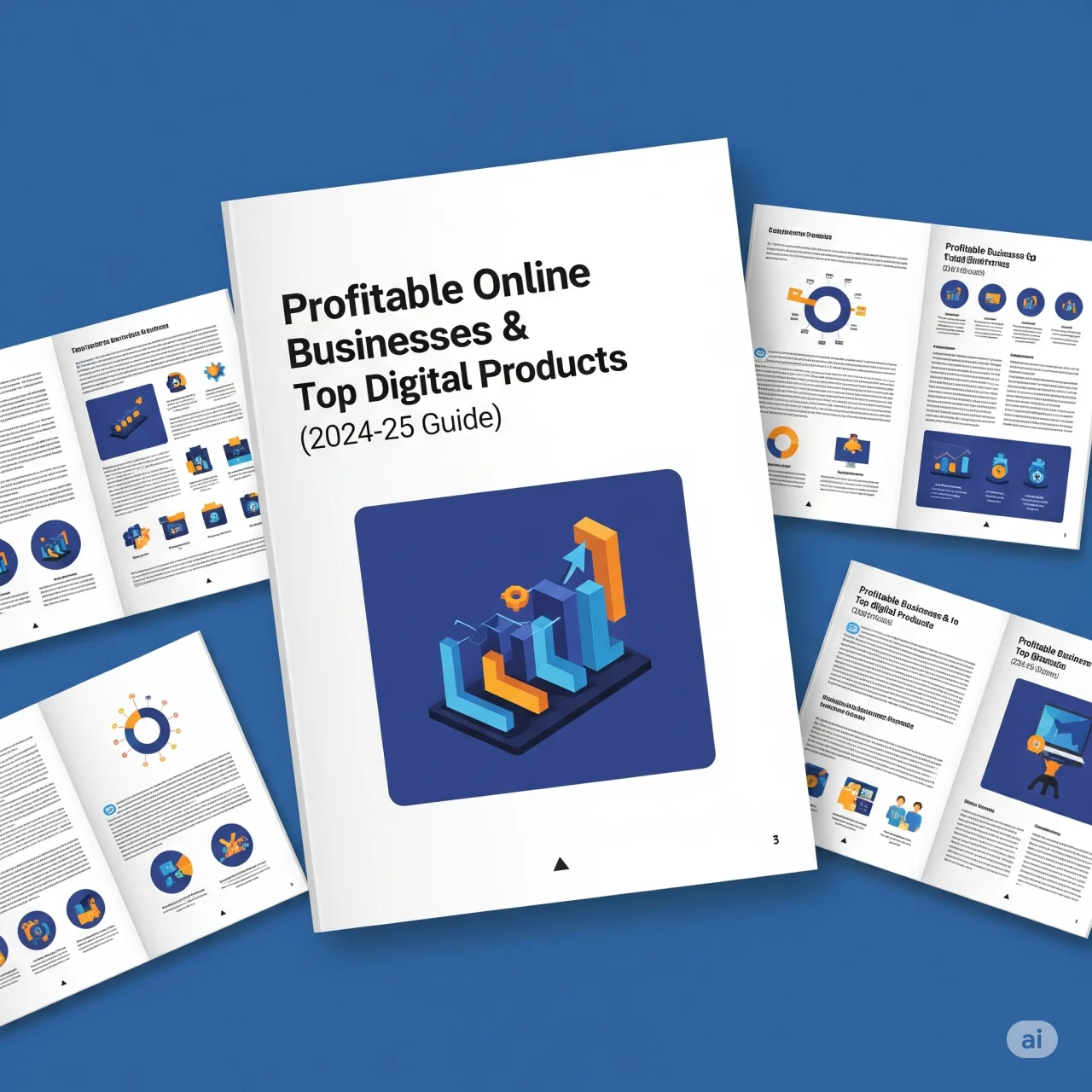



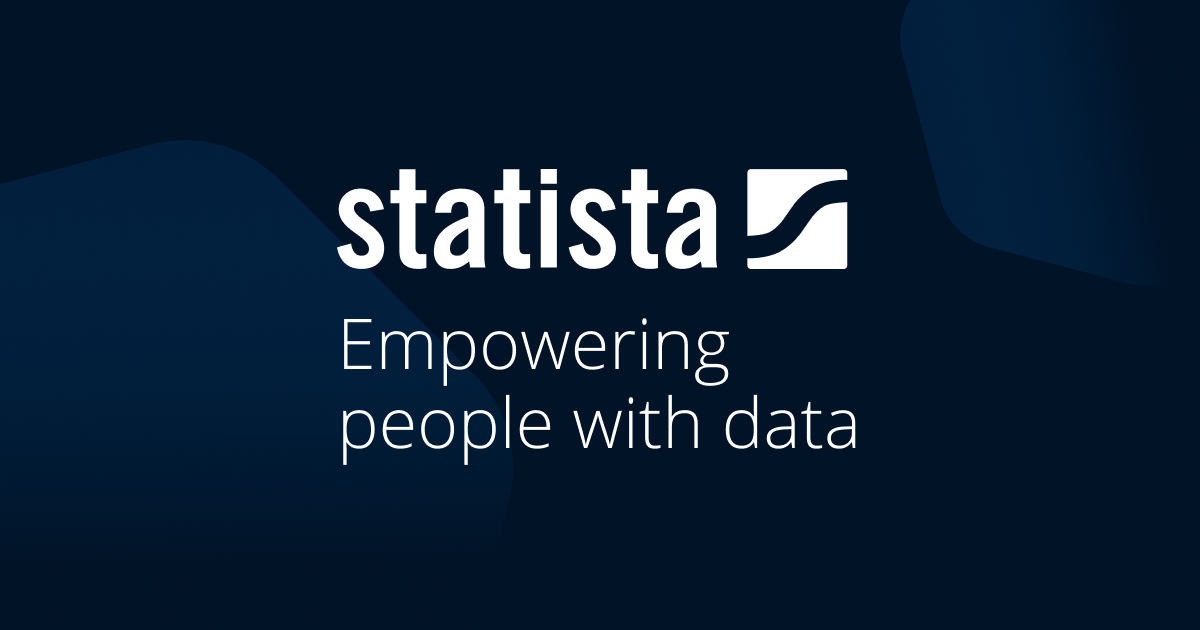
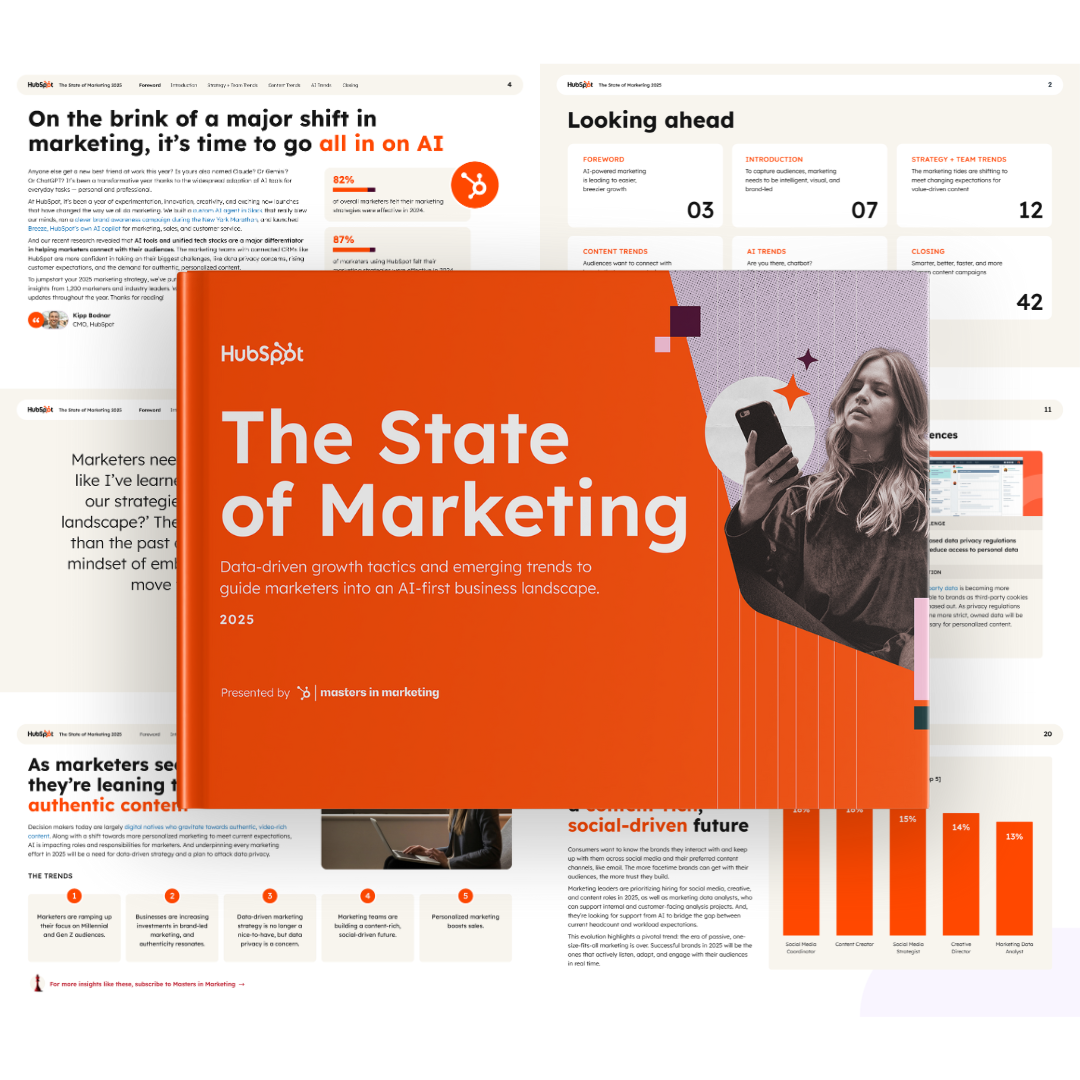

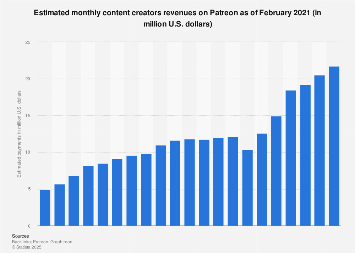





Comments